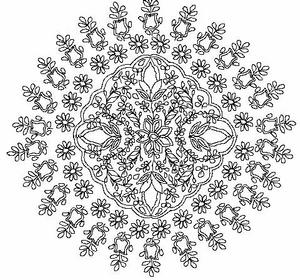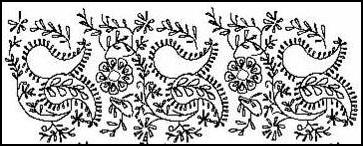|
|
Craft Revival
|
 |
Philosophy of the Project
- The Philosophy of the project is to
revive the rich Indian craft tradition. Many
of the traditional crafts are vanishing due
to its complex design, material,
manufacturing process etc.
- The modern technology can simplify and
restore the heritage of traditional craft
design without losing its essence.
- Considering the above philosophy Lucknow
Chikan embroidery has been identified to do
the above experiment through field
application.
|
 |
Objective
- In Lucknow Chikan Embroidery, the present
practice of using wooden blocks to convert
designs is time consuming and expensive, with
limited variations in design.
-
The project intends in concentrating on
Lucknow Chikan embroidery. The present
project would like to investigate and
develop the following areas.
- Understanding the contemporary design
style and the past heritage.
- Using Computer Aided Design (CAD),
developing new motifs and composition of
past Indian and original Persian design
motifs.
- The project would also develop
hand-held computer printer, in place of
block for easy transferring design
directly from the computer to the fabric
surface.
|
 |
Project Goals
- Developing a Design Tool: Using Computer
Aided Design(CAD), developing an in-house
software tool for making Chikan
Embroidery.
- Developing a Printer: Developing a
hand-held computer printer for easy
transferring designs directly from the
computer on to the fabric surface.
|
 |
Conclusion
This software would help in generating larger
variations of designs while being cost
effective and less time consuming than the
existing traditional Chikan Embroidery.
|
Project Investigator
Prof Amit Ray
|
|





